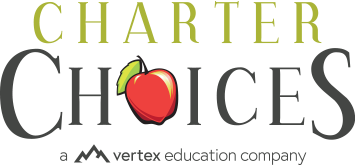Twenty-five years ago, Minnesota became the first state in the nation to enact legislation allowing charter schools. Since then, charters have grown into a central element of the nation’s education strategy. Currently, 43 states authorize independent charter schools, and there is significant federal investment in supporting and expanding their role as public education providers. As the 2016 school year closes, we find 6,800 charters teaching more than 3 million students, or about five percent of the public school population.Twenty-five years later, it seems a fitting moment to look at how this experiment is playing out, learn from our national experience, and make any necessary course corrections.Before there were charters, some were concerned that America’s public education was failing, unable to keep pace with changing times; like many old-line industrial organizations, public schools were seen as rigid and unable to support innovation and creativity. Read here

